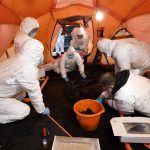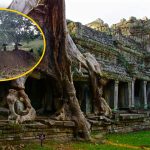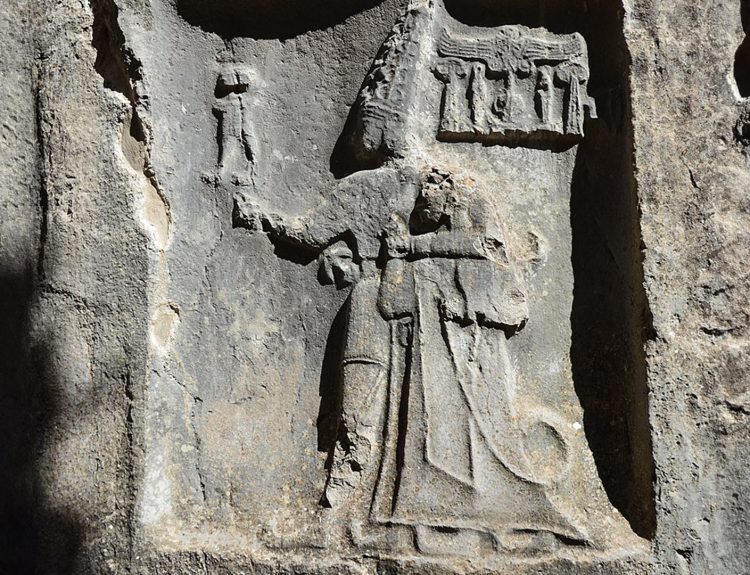On Wednesday, November 24, 1971, – the day before Thanksgiving – a mild-mannered man in his mid-40s wearing a dark suit, narrow black tie, and a black raincoat strolled up to the Northwest Orient Airlines counter at Oregon’s Portland International Airport. Using cash, he purchased a one-way ticket on Flight 305 to nearby Seattle, Washington. It’s only a 30-to-40-minute flight between the two cities.
When the flight reached cruising altitude, this man handed the flight attendant a note saying he had a bomb in his briefcase. This hijacking was not like any other in the history of aviation because the hijacker, Dan Cooper, or DB Cooper as he became known, parachuted from the plane never to be seen again. But now, an amateur investigator is hot on the trail of DB Cooper’s real identity.
Pre-9-11 Airport Security Was Almost Non-Existent
Prior to the 9-11 attacks, airline passengers didn’t often need to show identification or have their luggage screened before boarding a plane. On the paperwork for the ticket, the mysterious businessman wrote “Dan Cooper” as his name. That is almost certainly a fake name.
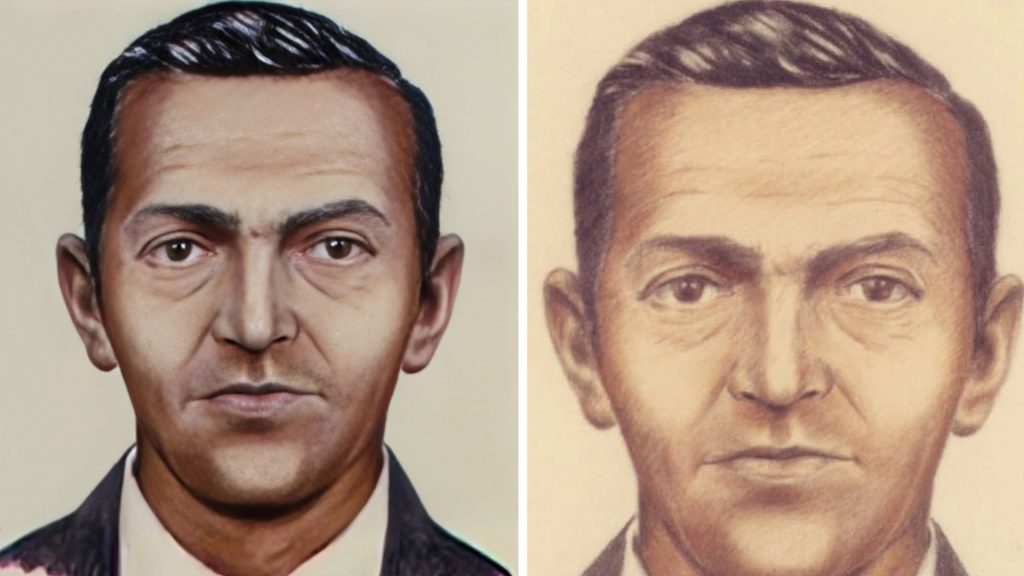
Dan Cooper boarded the Boeing 727-100 plane carrying a brown paper sack and a black attache case. No one bothered to take a look inside either of his bags. After the infamous hijacking, the media biffed his name, turning “Dan Cooper” into “DB Cooper,” the unknown man who pulled off the only unsolved hijacking in history.
The Hijacking
It’s only a 30-to-40-minute flight between Portland and Seattle. They were only a few minutes into the flight when Dan Cooper passed one of the flight attendants, Florence Schaffner, a note. She assumed Cooper was a horny businessman handing out his telephone number. So, she put the note in her purse without reading it.
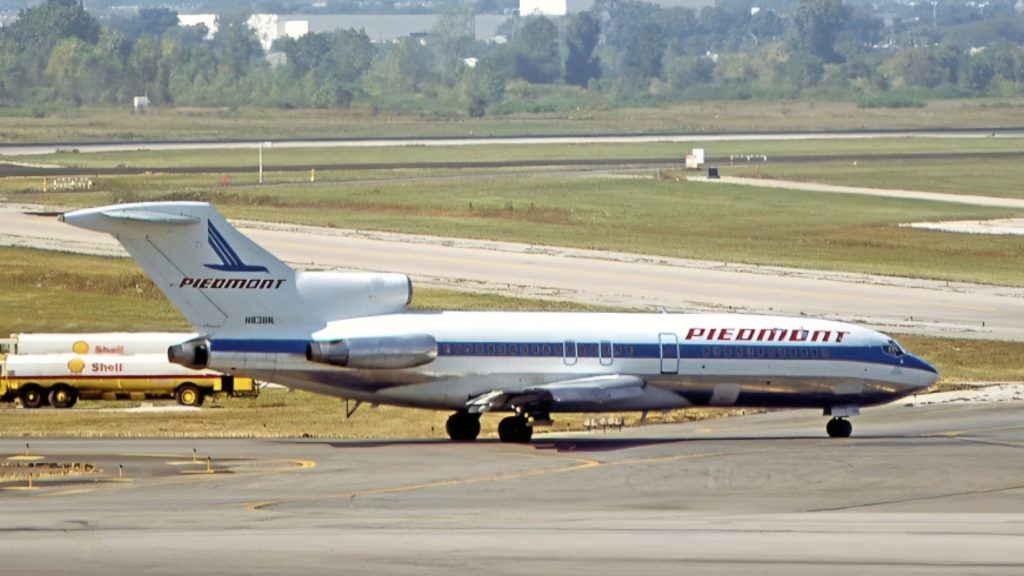
Cooper took a sip of his bourbon and 7-Up and calmly said to Schaffner, “You better read that note. I have a bomb.” That got her attention. The note also instructed her to sit down next to Cooper. When she did, Schaffner asked to see the bomb. Inside the briefcase, she saw red cylinders and wires.
Hijackings Were a Frequent Occurrence at That Time
In the late 1960s and early 1970s, airplane hijackings were rather common. There was, on average, one hijacking every five days. In the United States alone, there were 137 hijacked planes between 1968 and 1972 … a staggering number.

In the U.S., many of the hijackers demanded to be flown to a specific destination – mostly Cuba. Others were hoping to get ransom money. A few even had extortion demands, like the release of political prisoners or for a message to be broadcast on the new channels. The DB Cooper case was different.
Cooper’s Demands
Captain William A. Scott, the plane’s pilot, radioed Cooper’s demands to Northwest Orient’s flight operations headquarters in Minnesota before the plane landed in Seattle. Cooper asked for $200,000 in U.S. currency delivered in a backpack. He also asked for four parachutes – two front parachutes and two back parachutes.
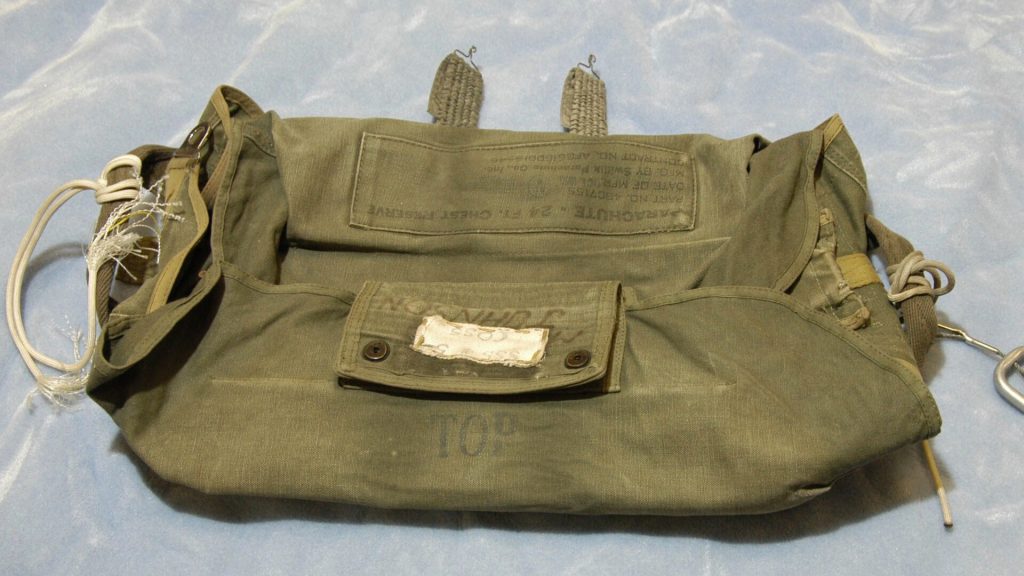
On the ground in Seattle, the authorities met Cooper’s demands. In turn, he released all the passengers and some of the crew. He then demanded that the plane be refueled and flown to Mexico City. After a brief discussion with the pilot, Cooper agreed to a stop at the Reno-Tahoe Airport to refuel again before flying to Mexico. But Cooper never made it that far.
A Leap Into Infamy
The plane took off again that evening heading toward Reno. Shortly afterward, Cooper lowered the plane’s aft staircase, a design unique to that style of Boeing aircraft in which the stairs were located in the rear of the plane, opening straight back instead of to the side.
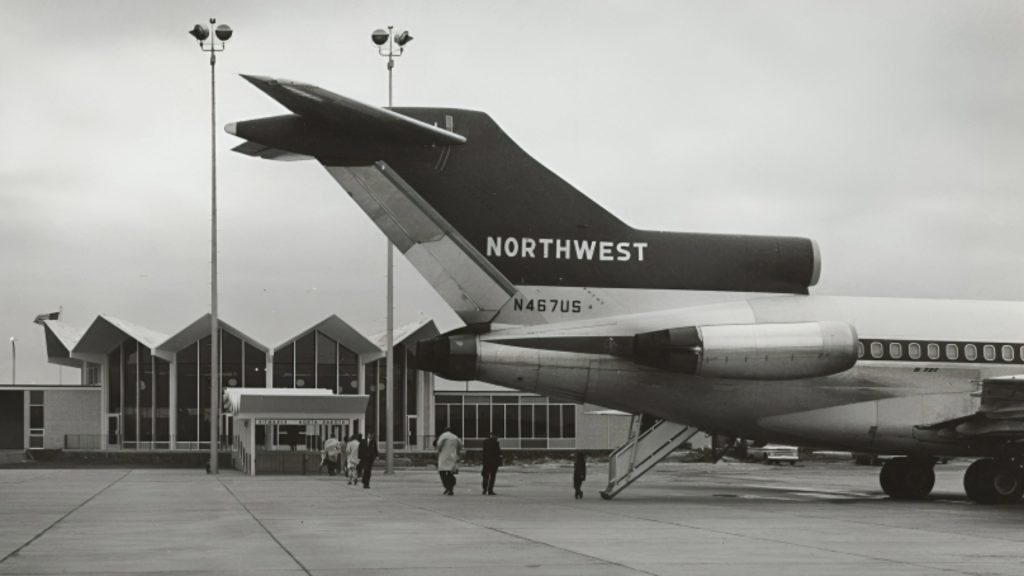
Twenty minutes into the flight, when the aircraft was over Portland’s northern suburbs, Captain Scott and his co-pilot felt the plane lurch and pitch. They assumed this happened when Cooper jumped from the open staircase. DB Cooper was never seen again.
Who Was DB Cooper and What Happened to Him?
The FBI quickly realized that “Dan Cooper” was an alias. But what was his real name? A sketch artist made a drawing of the hijacker based on descriptions from the passengers and crew. They also created a criminal profile. They believed he had a military background as a paratrooper and possibly worked in the aviation industry.

As to what happened to DB Cooper after he exited the aircraft, no one knows. The FBI experts theorized that the jump probably killed him. He was not dressed for the elements, and it was dark and rainy when he leapt. He also parachuted into a heavily forested area. Yet after extensive searches, no traces of Cooper or his parachute were found.
Clues in the Item’s DB Cooper Left Behind
Dan Cooper left behind a few items when he made his escape. FBI agents discovered two hairs, one on his seat and the other on his headrest, that most likely belonged to Cooper. Cooper smoked several Raleigh cigarettes during the hijacking … yes, people could smoke on airplanes in the 1970s.
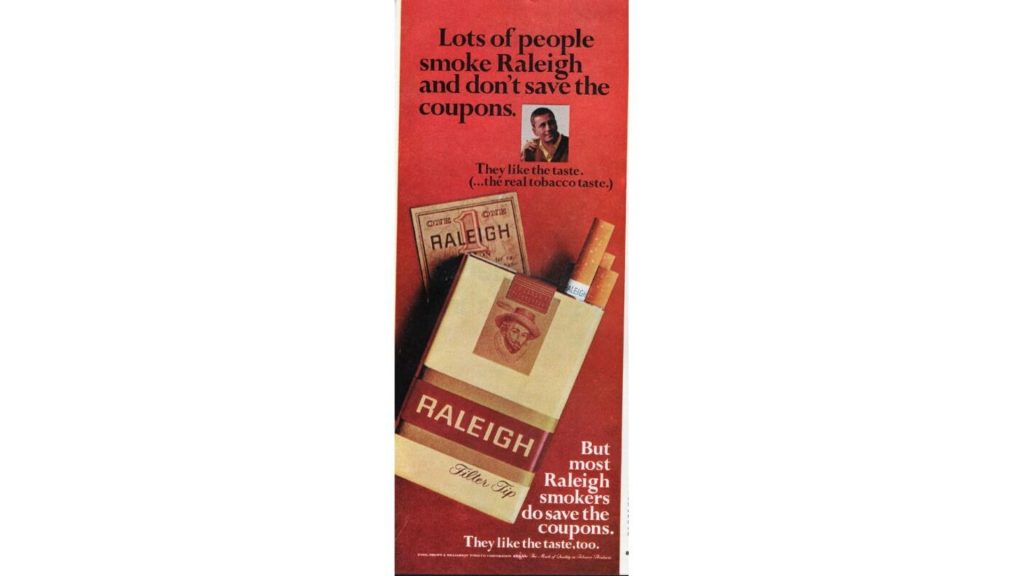
Both the hair samples and the cigarette butts would contain DNA that could help investigators discover the hijacker’s identity. However, DNA analysis was not a thing in the early 1970s. The items were bagged up and stored at an FBI field office in Las Vegas. In 2001, investigators requested access to the hairs and cigarette butts for DNA analysis. They were informed that these items had been destroyed and discarded years earlier. But one other item Cooper left behind may still hold clues.
A Cheap, Clip-On Necktie
On the seat where Dan Cooper had been sitting on the plane, the FBI agents found a cheap, clip-on necktie. It was thin, black, and had a gold and mother-of-pearl tie-clip. The flight attendants identified it as the necktie Cooper had been wearing. He apparently removed the tie before he leapt from the plane.
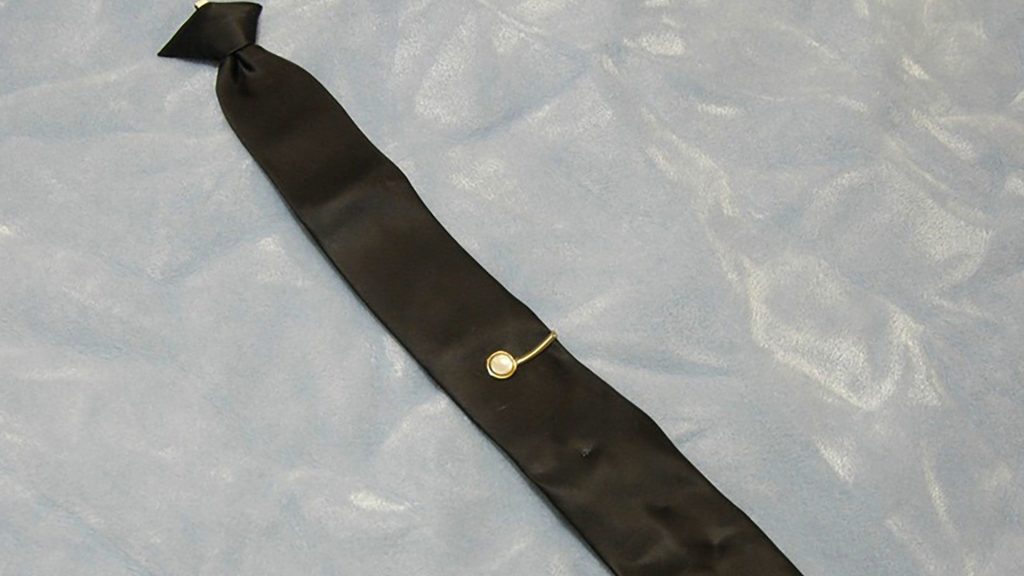
The investigators learned that this particular type of necktie was sold only at JCPenney stores and carried a $1.49 price tag. They also learned that the department store chain discontinued this tie in 1968. But DB Cooper’s has more secrets to reveal … and it hasn’t been destroyed.
Finding DNA on DB Cooper’s Necktie
In 2001, DNA technology had progressed enough for the FBI to analyze DNA samples from Cooper’s necktie. According to Fred Gutt, a special agent with the FBI, “The tie had two small DNA samples, and one large sample … it’s difficult to draw firm conclusions from these samples.”
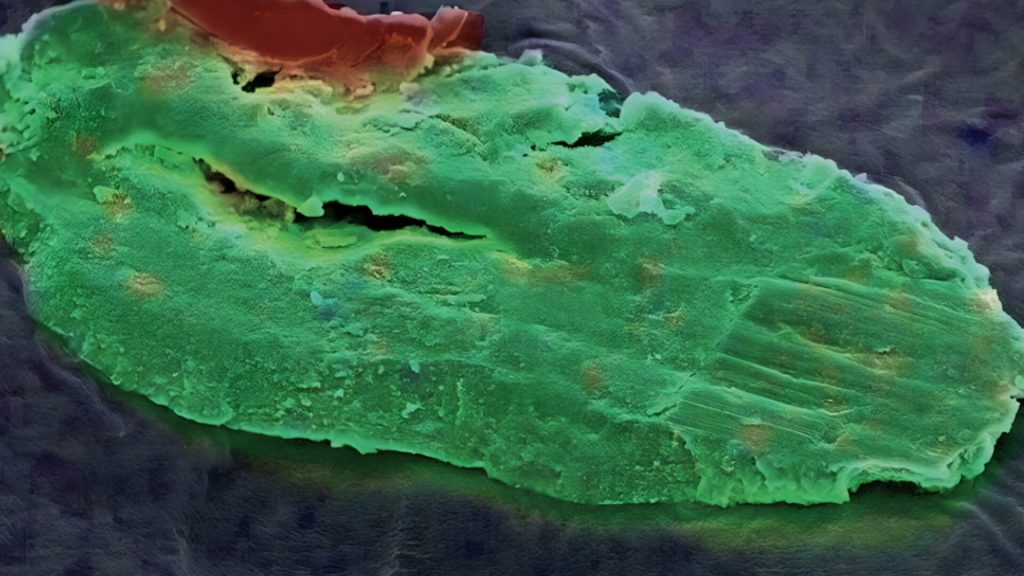
A group of scientists, working as part of a group called the Cooper Research Team, combed through the FBI’s 2001 report eight years later. They located a reference to organic and metallic particles that the team identified as Lycopodium spores and unalloyed titanium, among other things. The presence of the unalloyed titanium proved to be telling.
Will 2024 Be the Year?
As we will see in a moment, the unalloyed titanium opens up a new area of possibility when trying to determine DB Cooper’s true identity. But one thing is certain … more testing and analysis of the necktie needs to be done. This is where amateur investigator Eric Ulis comes in.

Ulis is convinced that microparticles and trace DNA on DB Cooper’s tie will crack open the case. “I would not be surprised at all if 2024 is the year we figure out who this guy was,” Ulis said. There’s just one problem … the FBI will not release the necktie for further analysis.
What the Chemistry Tells Us
Following the science – and sifting through U.S. patent information – Eric Ulis was able to determine that the unalloyed titanium originated in a manufacturing facility that used a cold rolling process. This was a method of producing sheets of titanium by rolling the metal between two high-pressure rollers.

Today, cold rolling is commonly found in factories and manufacturing facilities but in the 1960s, this was cutting-edge technology. In fact, according to Ulis’s research, the particles on DB Cooper’s necktie could only have come from one place.
It All Links Back to Boeing
As Ulis discovered, the metal particles could be traced back to Crucible Steel, a Pittsburgh-based facility that produced special metals in the late 1960s and 1970s. Crucible Steel’s biggest customer was Boeing … the same airplane manufacturer who made the 727-100 plane that Cooper hijacked.
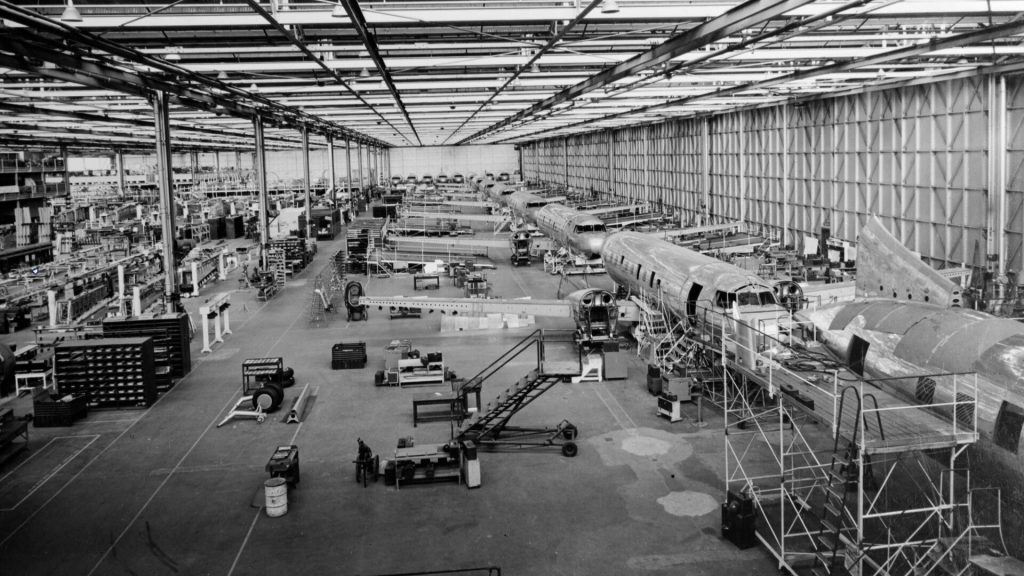
The FBI and armchair detectives have long believed that DB Cooper had a background in the aviation industry. During the hijacking and his escape from the plane, he exhibited an understanding of airline protocol, aviation jargon, and the workings of the 727-100 plane.
A Possible New Suspect?
Ulis determined that there were only eight engineers working at Crucible in the years leading up to DB Cooper’s hijacking. Only the engineers, he learned, wore neckties to work. Next, Ulis investigated each of these eight engineers. One of them, Vince Petersen, closely matched the physical description of DB Cooper.
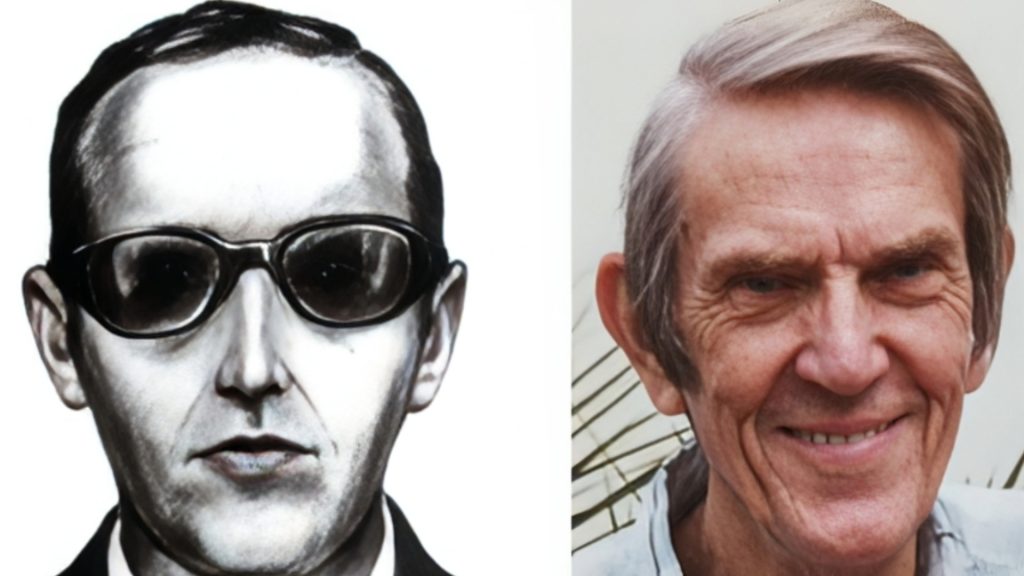
Vince Petersen, Ulis found out, took regular business trips to Seattle as part of his work on Boeing projects. “It obviously doesn’t prove that Vince Petersen was DB Cooper, but it’s certainly intriguing.” Vince Petersen passed away in the early 2000s.
Ulis Versus the FBI
To further his research, Eric Ulis has been battling with the U.S. government to get access to DB Cooper’s necktie. He theorizes that DNA samples may be gleaned from an overlooked area of the tie … the clasp by which the wearer could adjust the knot size. He wants to be able to test the area beneath the knot for the presence of DNA.

A few months ago, Ulis filed a lawsuit against the FBI and asked the courts to order the FBI to relinquish the necktie for analysis. Unfortunately, the judge dismissed the case, claiming that the Freedom of Information Act does not include tangible items stored as evidence. Ulis is not giving up the fight. He is appealing the judge’s decision.


